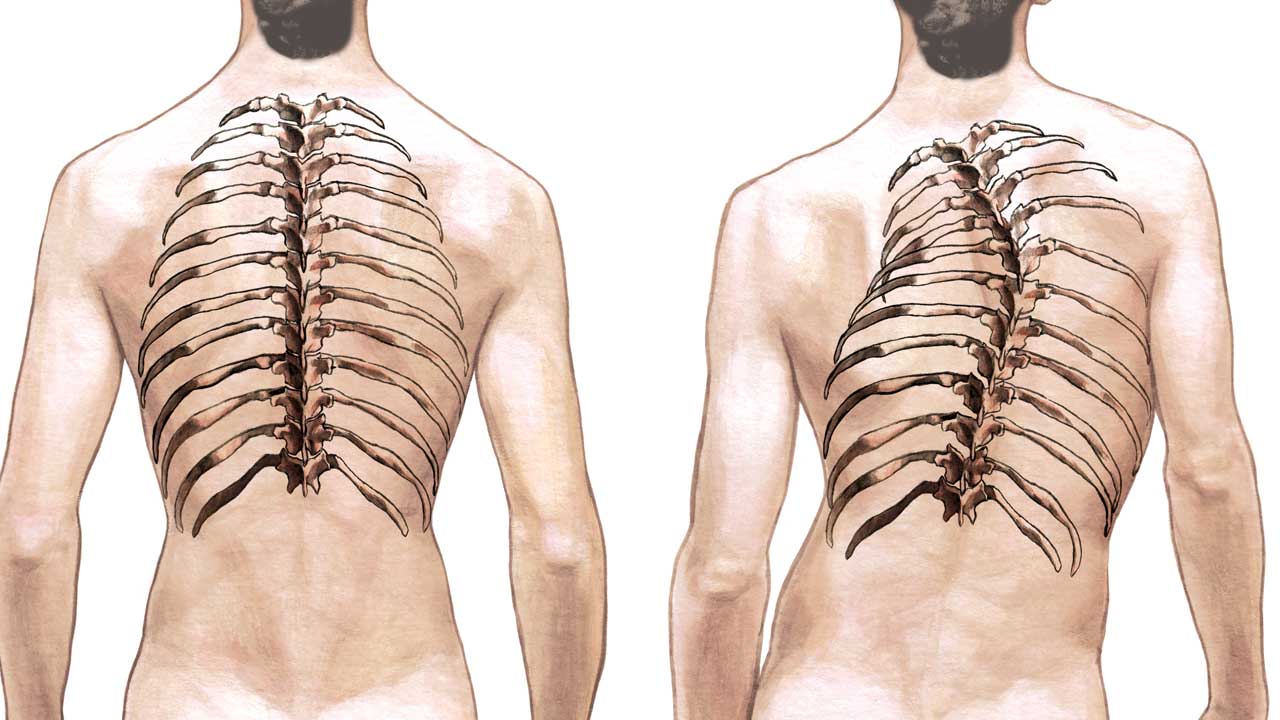
:max_bytes(150000):strip_icc()/scoliosis-lateral-curve-of-the-spine-2548780-color-V1-c044832970b94ee1ac37556aa3e3e8f9.png)

A patient who has had a previous lumbar fusion may develop a junctional kyphosis. These patients can develop what is called "flat back syndrome," which means they have lost some of the natural lordosis (inward curvature) of their lower spine. It limits function and results in a common complaint among older people: "I can't stand up straight." Another common scenario is a patient who has previously had one or more spine surgeries. It can also occur in the lower (lumbar) spine. In the upper (thoracic) back, kyphosis is commonly due to osteoporotic compression fractures. Kyphosis is an abnormal forward rounding (more than 50 degrees of curvature) of the spine. When these joints deteriorate, the spine bones can tilt and begin to shift to one side. The facet joints give the spine flexibility, enabling us to twist, stretch, or curl up on the couch. Scoliosis is a side-to-side curvature of the spine that can develop in adults when their facet joints and discs begin to deteriorate (Fig. Types of spinal deformities: a side-to-side curve is called scoliosis a forward curve (kyphosis) shifts the center of balance in front of the hip a concave lower back (lordosis) thrusts the hips forward.

This strong, tripod design keeps the bones connected and aligned, one on top of the other, while allowing our spine to bend and twist.įigure 2. Each vertebra has a three-joint complex with a large disc in the front and two facet (pronounced fah-CETTE) joints in the back. The bones are separated by discs, which act as shock absorbers and give the spine flexibility. The spine is a column of 24 moveable bones called vertebrae that are connected to one another by ligaments. Treatment can include medications, physical therapy, injections, or surgery. Pain results from stressed joints and pinched nerves, not the abnormal curve. Moderate deformity occurs when the facet joints and discs deteriorate over time and are no longer able to support the spine's normal posture. Adult scoliosis and kyphosis can be caused by age-related wear and tear on the back or complications from past surgeries. Spinal deformity is an abnormal alignment or curve of the bony vertebral column. Spinal Deformity: Adult Degenerative Scoliosis Overview


 0 kommentar(er)
0 kommentar(er)
